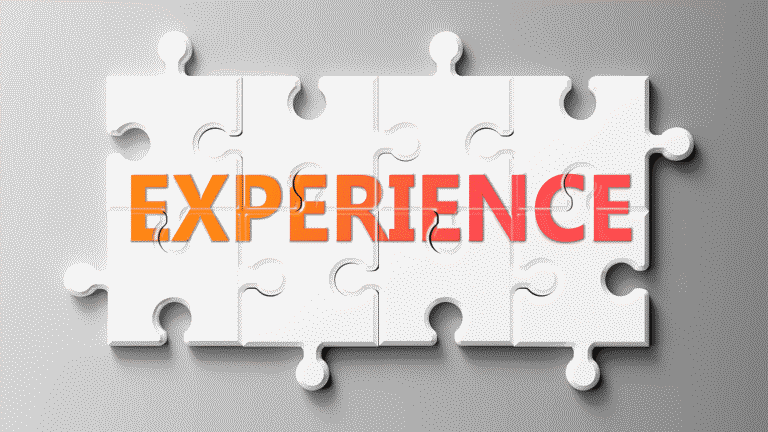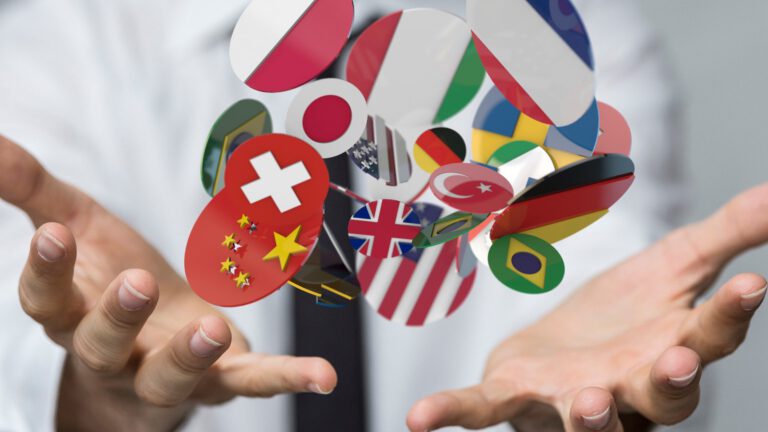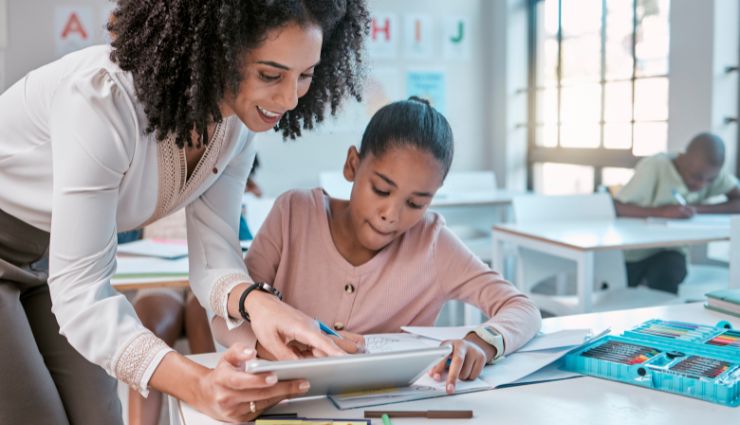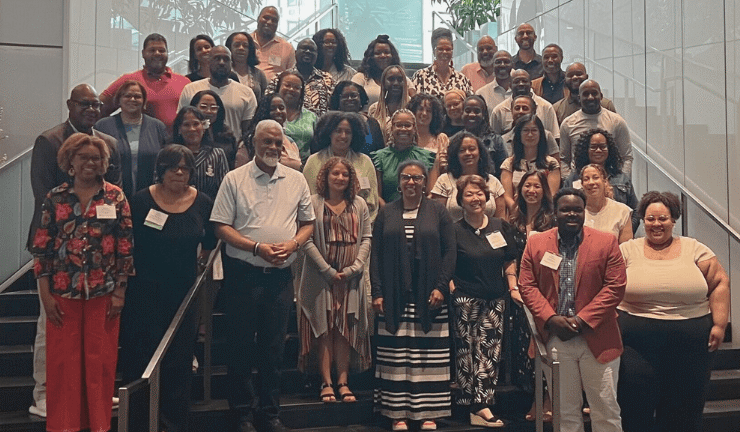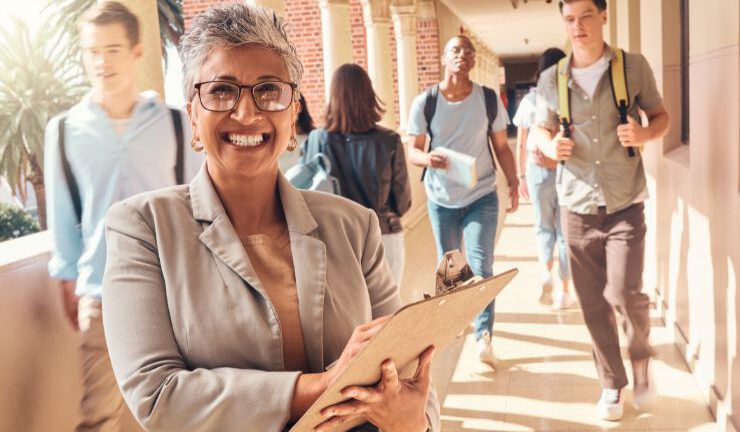Our Work Together
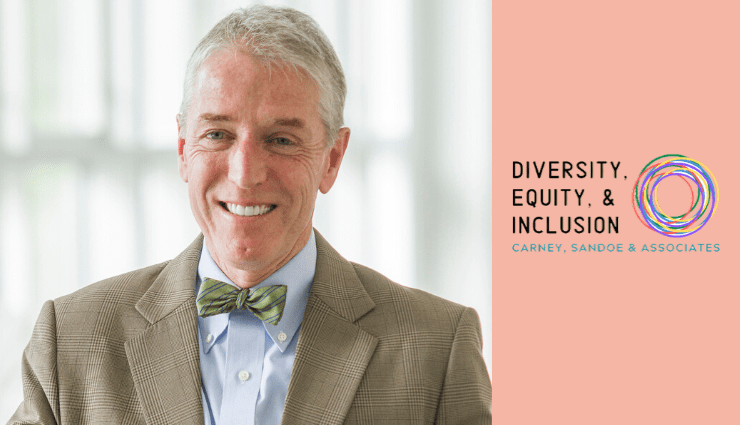
This is a piece from CS&A’s winter focus on diversity, equity, and inclusion in schools. Read more from this series here.
Join us at FORUM/Diversity, a two-day combined faculty recruitment and DEI professional development event on January 31 and February 1 in Philadelphia.
Lakeside School in Seattle, where I’ve been the head since 1999, celebrated its 100th anniversary this year. Looking back on the school’s history — especially its remarkable growth through all the trials and tribulations of the 20th century — is certainly fascinating for us. And we are proud of how far we’ve come as a school. But, in truth, the school community today is far more focused on where we’re going than on where we’ve been. One of the reasons I love Lakeside, and why I’ve stayed for 20 years and counting, is this ongoing professional energy and dedication to improving all aspects of school life.
Our essential mission hasn’t changed much since the school’s founding in 1919. As we were from the start, Lakeside continues to be a purpose-driven institution, educating students for both the head and the heart, for college and citizenship. But, of course, so much has changed in how we view this work. In just the 20 years I’ve been here, the school has undergone significant transformation — to the curriculum, the student-life programs, the use of technology, the makeup of our community, and more. One of the most crucial and meaningful areas of change has been our evolving commitment to diversity, equity, and inclusion.
While I’m proud of all the work we’ve done to improve the quality of the education we offer at Lakeside, I am most proud of this latter work. The community’s efforts to ensure that we do everything in our power to be a diverse and inclusive school have been impressive and heartening. When I look back over the past 20 years, it’s clear we’ve made significant strides — and these efforts have set us up well for the work we’re now undertaking.
In this century, a major step forward in diversity work came in 2003 when we held a Mission Focus retreat that included all faculty and representative students, administrators, trustees, parents, and alumni. Through consensus, the group concluded that the school should sharpen its focus on three core elements: academic excellence, diversity, and global citizenship. Our community funded those core elements through Living Our Mission: The Lakeside Campaign, substantially increasing the size of our financial aid endowment and allowing Lakeside to offer significant aid to a third of its students.
Today, the racial diversity numbers alone underscore the distance we’ve traveled in two decades. With a total enrollment of 851 students, the student body is currently 60% students of color — 49% coming from public schools, 49% from parochial and other independent schools, and 2% were homeschooled or are international students. The faculty is 24% teachers of color. Both the board and the administration are around 40% people of color.
Numbers matter, of course, but are just a surface indicator. They tell you very little about the culture and climate of the school or about changes to the curriculum and teaching practices that equitably support a multicultural community. Since 2004, we have worked hard to get this latter work right. We started focusing on helping the entire community embrace the belief that excellence in education can’t happen without diversity, equity, and inclusion. As we put it in our mission statement: “We are committed to sustaining a school in which individuals representing diverse cultures and experiences instruct one another in the meaning and value of community.”
This commitment is grounded in an understanding that diversity is a key component of academic excellence. Having people from many backgrounds and experiences enriches the classroom and helps all of us develop wisdom, compassion, and leadership. This essential mindset prompted us in 2008 to refresh our Mission Focus commitment through Mission Focus Forward and has led to additional initiatives and changes in the community — and drives us still.
Building an Inclusive Community
In 2011, through our Diversity and Inclusion Initiative we further diversified the student body and faculty, enhanced such programs as student support and affinity groups, and re-envisioned professional development for faculty and staff. Along with race, we have also focused intently on supporting other forms of diversity through the curriculum and community practices. In 2015, for example, we addressed gender-based stereotypes to make every student feel welcome. Part of this work included designating gender-neutral bathrooms at the Middle and Upper Schools and adding gender identity to our nondiscrimination policy. In 2016, the Parents Association changed its name to the Parents and Guardians Association.
More recently, we have been working hard to address the political and social divides in the nation that can make political discussion difficult and make some students feel unsafe. We are currently having 34 teachers work with colleagues trained in facilitating dialogue for sensitive cultural and political discussions. We will offer this training to more teachers over time.
Overall, our goal has been to have a systemic, 360-degree perspective on what we believe a well-functioning diverse, equitable, and inclusive school community looks like. To this end we have focused on:
- Providing students with a diverse teaching faculty.
- Developing relevant curricula that incorporates diverse perspectives, materials, and texts, and that supports the diverse backgrounds and experiences of our students.
- Addressing biases, stereotypes, inaccuracies, and absent perspectives in curricular content.
- Utilizing a wide range of instructional and assessment strategies to enhance student learning and understanding.
- Providing learning opportunities for students to develop an understanding of themselves and others who are culturally different.
- Fostering critical thinking and reflective analysis from various perspectives.
- Giving equal access and opportunities to all students to fully participate and contribute regardless of gender, race, ethnicity, socioeconomic class, religion, sexual orientation, or any other identity.
To meet these goals, we make sure our teachers are well supported in their efforts to lead multicultural, anti-bias classrooms. We offer targeted professional development and measure outcomes and evaluate teachers on how well they are meeting these goals. This year, we will begin evaluating teachers in this area on a voluntary basis, and next year it will be a requirement.
Our commitment to diversity is also present in our hiring practices. Because meaningful relationships between students and their teachers is essential to a Lakeside education, a core goal is to have a faculty that collectively reflects the racial and ethnic diversity of Lakeside’s student population. A diverse faculty benefits our community by bringing a wide range of perspectives to the classroom and providing all of our students with role models that represent a broad range of backgrounds and human experiences.
Research shows that students who feel they are able to fully be themselves and have a strong sense of self perform better academically. For this reason, Lakeside has supported students’ positive identity development by offering student affinity and alliance group programs — all of which follow best practices and serve to support students in learning about themselves and about others.
Upper School students can also apply for a program in which they are trained how to facilitate meaningful and difficult conversations in an environment that fosters active listening, mutual understanding, and personal connection. They learn to identify and address potential obstacles to communication, such as students’ fears of offending others, appearing ignorant, or feeling vulnerable, and use these skills to facilitate Middle School affinity groups.
Because we value cross-cultural communication and engagement, students in the Middle and Upper Schools regularly participate in developmentally appropriate, structured dialogues with their peers regarding aspects of diversity and inclusion. They also regularly participate in regional and national conferences, including the annual NAIS Student Diversity Leadership Conference, and the Northwest Association of Independent Schools’ Student Diversity Leadership Retreat. The Upper School’s Student Awareness Council hosts an annual retreat during which students engage in activities and discussions about race, class, and gender in order to raise awareness on our campus and promote strong and healthy community relationships.
Goal Setting
In 2017, as a community, we took NAIS’s Assessment of Inclusivity and Multiculturalism (AIM) survey — essentially an evaluation of how well we’re living up to our diversity goals and ideals. The results made it clear that while we have made significant strides, we still have much work to do.
Our newest initiative — Our Work Together: Inclusion, Multiculturalism, Respect — is designed to help us become a truly multicultural community that sees each person as unique and values the different knowledge and experience everyone brings to the table. Led by our tremendously talented Director of Equity and Inclusion Jamie Asaka, it’s about continuing to foster a community where respect, integrity, and ethical behavior guide our actions. We want every student to have equal access and opportunity to learn and achieve to their fullest potential. We want Lakeside to be an inclusive and multicultural community in which there is an understanding of and respect for cultural differences, and one where differences are celebrated as a source of community strength.
To this end, we’ve established four strategic goals — with detailed steps for achieving each.
- Goal 1: Increase the racial/ethnic diversity of the faculty, administration, and board through focused recruitment, hiring and retention strategies.
- Goal 2: Ensure faculty actively seek to understand their own implicit biases, use diverse pedagogies, and incorporate diverse perspectives into their curricula.
- Goal 3: Empower students, employees, and families to bring their full selves to Lakeside School and actively build relationships with people who are different from themselves.
- Goal 4: Continue to nurture a school culture that acknowledges and honors difference, leading to an increasingly inclusive school where every individual is listened to, respected, and valued.
For many years now, our goal has been to have conscientious and consistent hiring practices across the institution; recruiting a more diverse pool of candidates for teaching positions; and to train school leadership, including department heads, on inclusive hiring practices. This new initiative will expand those efforts and establish strategies that address administrator and trustee positions, new approaches to recruitment, and leadership development among faculty of color.
Because we all have implicit biases — unconscious attitudes or stereotypes that affect how we understand and act — we are also working with experts in cross-cultural competency and inclusive teaching. Each faculty member will be supported and evaluated in their growth in this work. Our goal is to build a truly multicultural curriculum across all departments, and equitable classrooms in which all students have equal access and opportunities to learn and achieve to their fullest potential.
It’s a bit painful for all of us who work in independent schools to admit that our institutions, collectively, have a reputation for being elite and privileged institutions. But it’s clearly true — and it needs to be addressed. At Lakeside, we’re working to become a place where individuals from many cultures and backgrounds feel affirmed, respected, and empowered — as opposed to feeling they must conform to one way of thinking, acting, looking, and being. Through unconscious biases, independent school cultures, Lakeside’s included, have been guilty of treating some people in the community like members and others like guests.
In recent years, we have started student affinity groups in the Middle School; created opportunities for parents and guardians to engage with each other and with the school, including through affinity groups for parents and guardians of students of historically underrepresented backgrounds; and offered more opportunities for cross-divisional student collaboration and mentorship. Now, we will review and potentially adapt those programs, as well as look at our curriculum, co-curricular programs, physical spaces, professional development, and school traditions — all with the goal of making the school more inclusive of people of all genders, sexual orientations, races and ethnicities, socioeconomic classes, political viewpoints, and religions.
Living Our Mission
More broadly, the school community is engaging in conversations about the core mission. In particular, we have asked ourselves one key question: “Within the framework of Lakeside’s mission and values, what will our students need to know to make good decisions and act on them, to thrive in their personal and professional lives over the next 30 years?”
In thinking about the future, the faculty and administration have visited a variety of workplaces, consulted with experts from different fields, and have read widely. What we know is that our students will be graduating into an era of unprecedented change — a fourth Industrial Revolution, as many are calling it — powered by remarkable advances in technology, particularly artificial intelligence, deep learning, robotics, and more. In the coming years, many of the jobs that we know and count on today will disappear. More will be created, but we don’t know what they will be. Most of our graduates will have to change careers at least three times in their lives — and to jobs that require new skills.
How do we prepare our students for this future? At Lakeside, we are shifting how and what we are teaching, focusing more consciously on competencies and mindsets — with a balance of content. This shift toward a new way of thinking about learning — through identifying the mindsets and competencies our graduates will need for their futures — has us thinking less about content and more about what our graduates can actually do with their new knowledge. To this end, we have identified six competencies and seven mindsets we think all student should have when they leave us.
The competencies include:
- Cognitive Flexibility — applying skills in one setting to another
- Collaboration and Leadership — the ability to work well in teams and to take moral initiative as needed
- Communication and Listening — communicating in verbal and nonverbal forms, being effective speakers and active listeners
- Introspection and Emotional Intelligence — having self-awareness and being able to regulate emotions, being present in the moment, etc.
- Resilience — taking risks and working toward a goal, regardless of setbacks
- Unstructured Problem-Solving — solving problems to which there are currently no known answers
The mindsets include:
- Equity and Inclusion Mindset — being aware of biases, respecting and accepting others for who they are, and confronting unfairness and discrimination when they see it
- Ethical Mindset — living and acting with integrity
- Global Mindset — exploring and understanding world events and other cultures, the whole complexity of human identity
- Growth and Learning Mindset — focusing on growth and being patient with change
- Healthy Mindset — having the self-awareness to prioritize mental, physical, emotional, and social health
- Service Mindset — actively sharing ideas and skills with the community and world
- Sustainability Mindset — considering the environmental implications of decisions and advocating for change
I mention these competencies and mindsets here because I think they connect directly to the work we’re doing in diversity, equity, and inclusion. While we’ve specifically identified an Equity and Inclusion Mindset as an essential mindset for 21st-century life, it’s easy to see how all the mindsets on this list relate to diversity work. The competencies do, too.
I’m writing this piece, sharing our experiences at Lakeside, because I know the work of inclusiveness — of creating an environment in which everyone feels that they belong — is part of a larger conversation about inclusion and equity in schools and communities around our country and the world. It requires all of us leading schools to name and embrace our values, recognize areas where we can improve — as individuals and as an institution — and do our best to understand and work with and learn from those who are different from us.
Here at Lakeside, we’re always happy to share what we’ve learned, and we’ll continue to learn from our colleagues in other schools. After all, this is what it means to be an educator in the 21st century.
Bernie Noe has been Head of School of Lakeside School in Seattle, Washington, since 1999.
